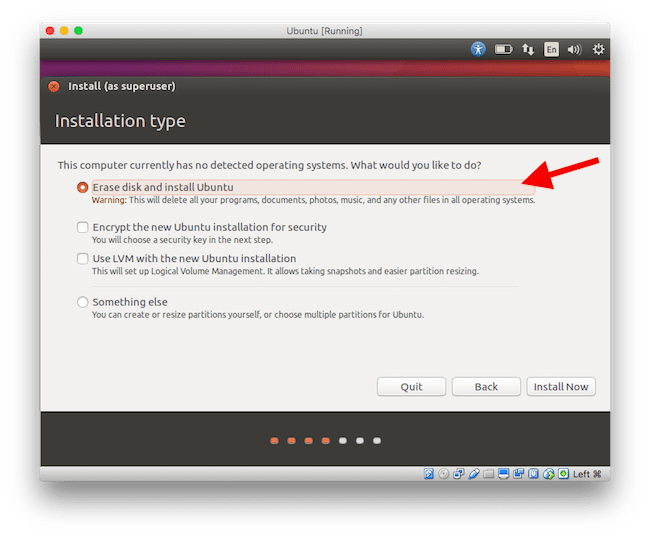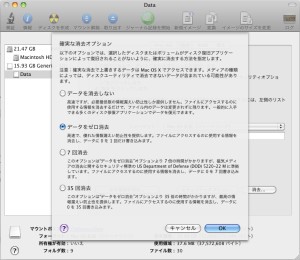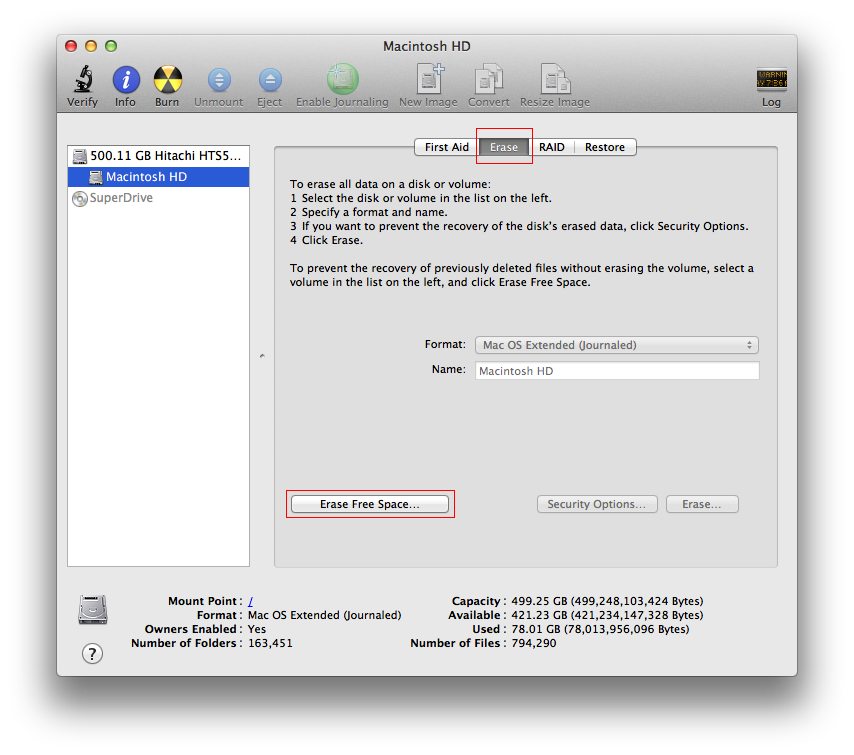
- #Mac os 10.14 erase free space how to#
- #Mac os 10.14 erase free space update#
- #Mac os 10.14 erase free space plus#
- #Mac os 10.14 erase free space free#
On the far right, you’ll see an IDENTIFIER column that column contains the identifier that diskutil needs. Just use diskutil list to see a list of all drives and partitions.
#Mac os 10.14 erase free space free#
Consider using APFS encryption (FileVault).īut how do you figure out what to list for device, which is the disk (or partition) that has the free space you’re trying to securely erase? diskutil can provide that information, too. Strongly-encrypted data can be instantly "erased" by destroying (or losing) the key (password), because this renders your data irretrievable in practical terms. The modern solution for quickly and securely erasing your data is encryption. Modern devices have wear-leveling, block-sparing, and possibly-persistent cache hardware, which cannot be completely erased by these commands. NOTE: This kind of secure erase is no longer considered safe.
#Mac os 10.14 erase free space plus#
o 4 - Three-pass erase, consisting of two random fills plus a final zero fill. o 2 - Seven-pass erase, consisting of zero fills and all-ones fills plus a final random fill. Level should be one of the following: o 0 - Single-pass zero fill erase. Ownership of the affected disk is required. Erasing freespace on a volume will leave your files intact, indeed, from an end-user perspective, it will appear unchanged, with the exception that it will have attempted to make it impossible to recover deleted files.If you need to erase all contents of a partition but not its hosting whole-disk, use the zeroDisk or randomDisk verbs. Secure erasing makes it harder to recover data using "file recovery" software.Erasing a whole-disk will leave it useless until it is partitioned again.
#Mac os 10.14 erase free space how to#
Within the man pages, you’ll find the explanation for how to securely erase a disk’s free space using diskutil: secureErase level deviceErase, using a "secure" (but see the NOTE below) method, either a whole-disk (including all of its partitions if partitioned), or, only the free space (not in use for files) on a currently-mounted volume. To find out about diskutil in detail, type man diskutil at the Terminal prompt. Proceed with caution, and make sure your backups are current before you try any of the following.) (Please note that, as with many Terminal commands, there’s a chance of Really Bad Things happening if you make a mistake with the following instructions. Many of these APFS snapshots will be automatically deleted after about a week or after TM sends the backup to the external TM drive.What if you want to do this from Terminal instead? In Terminal, a program named diskutil provides most of the features of macOS’s Disk Utility.
#Mac os 10.14 erase free space update#
These APFS snapshots are used by macOS and various backup utilities like Time Machine. If you know you’re on a compatible Mac, and Software Update is still not showing Monterey as available, you can also find a direct download link for MacOS Monterey InstallAssisant.pkg here, which will place the full installer within your /Applications/ folder. If you are using macOS 10.13+ and the APFS file system, then the files you deleted may still exist within an APFS snapshot. The command returns Thinned local snapshots: I found a date in /Volumes//Backups.backupdb/MacbookPro I not only had to remove TimeMachine local snapshots, but also thin local backups: Not sure if this was necessary but after completing this process, I ran disk first aid on the APFS container itself and the individual volumes. Repeat the whole process several times until you no longer see space increases. Select your main volume again and you will probably see the “available” space has increased.






 0 kommentar(er)
0 kommentar(er)
